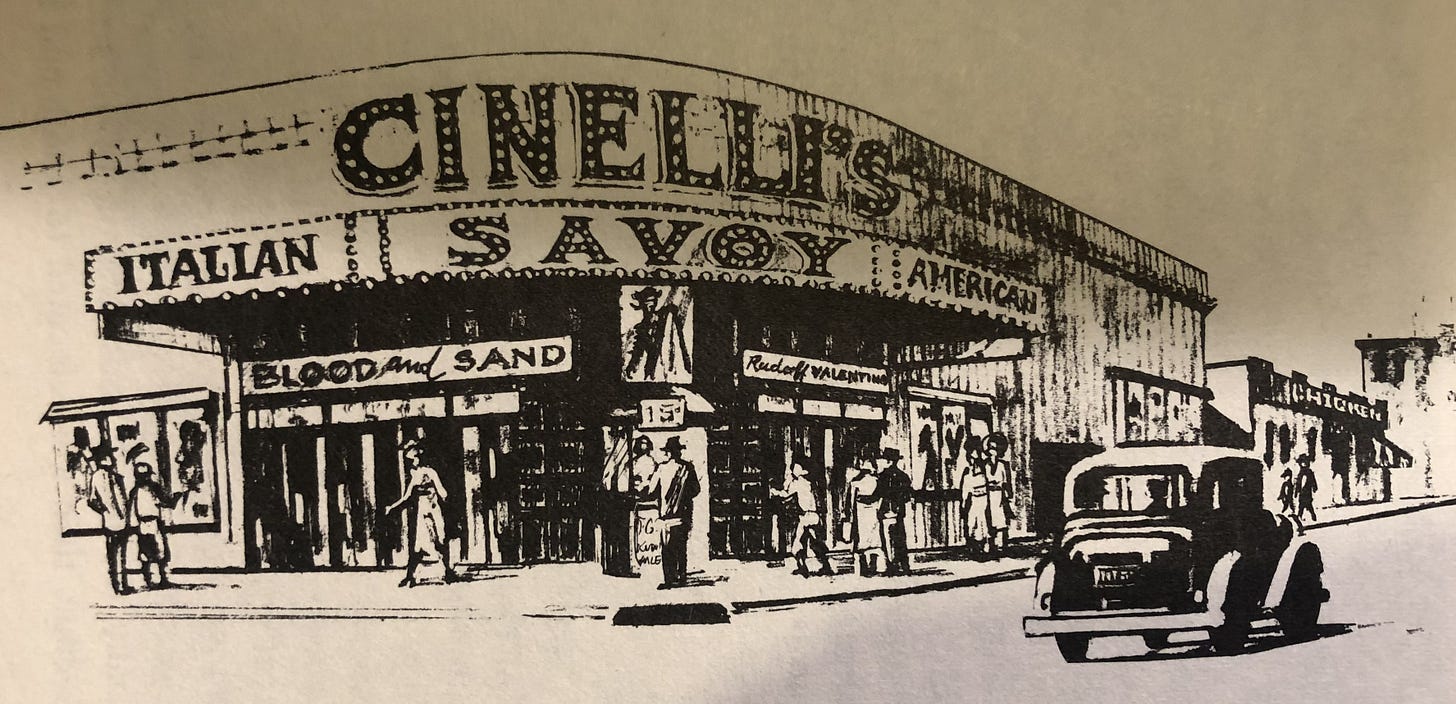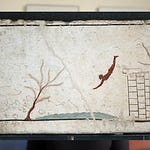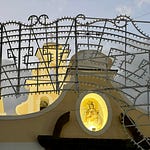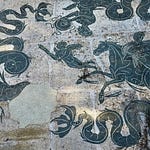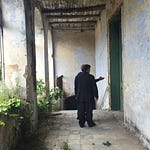Subscribe to support this podcast and get access to exclusive monthly Zoom Q&As and Destination Deep Dives for just $8/month or $80/year at danielleoteri.com.
This week, in honor of the 4th of July, I’m taking you to a piece of Italy in the United States—Little Italy in the Bronx, better known as Arthur Avenue.
This episode also celebrates the publication of A Shopper’s Guide to Arthur Avenue, which I wrote to help you discover the best bites in each of the historic, family-run Italian food shops in Little Italy in the Bronx.
My great-grandparents opened a baccalà shop there in 1918. Their son John took it over in 1950 and turned it into a butcher shop, which was also used for the opening scenes of Marty, which won the Academy Award for Best Picture in 1955. It remains a butcher shop today, now known as Vincent’s Meat Market.
In 2010, I started Arthur Avenue Food Tours to help people experience the rich legacy of this unique neighborhood and help support and sustain this enclave of family-run food businesses. But as a historian, I was also curious to learn more about the origins of the neighborhood.
The “official” story of Arthur Avenue’s foundation is that the area quickly became an Italian enclave after Catherine Lorillard Wolfe donated land to form what is now the New York Botanical Garden and also sold tracts of land to the city of New York. It was first published in a 1984 history book by the Bronx Historical Society that she had requested that the main thoroughfare be named after Chester A. Arthur, 21st President of the United States.
Upon examining old maps, it was immediately clear that this story was false. The urban grid you see today was there as far back as the 1870s, and Arthur Avenue was named Arthur Street before Chester Allen Arthur was even born. Moreover, Catherine Lorillard Wolfe never owned any of this land, though ancestors who were not in her direct line of descent did own farmland in the area.
The real founder of Little Italy in the Bronx was an Italian immigrant named Pietro Cinelli. He bought land, developed apartment houses, and petitioned the Archdiocese of New York for an Italian church. He also fought off threats from the Black Hand, a vicious criminal syndicate with its origins in Southern Italy that was the precursor to the Italian mafia that rose during and after World War II.

The big question is this: Why was Pietro Cinelli written out of the official record? In this episode, I’ll share with you the story of his daughter’s kidnapping, and then invite you to help me figure out the larger mystery.
00:00 Introduction to Little Italy in the Bronx
00:37 The Historical Significance of Arthur Avenue
05:36 The Mystery of Pietro Cinelli
12:27 Uncovering the Truth Behind Arthur Avenue's History
20:58 The Importance of Personal Stories in Immigration History
—
🛒 A Shopper’s Guide to Arthur Avenue is now available on Amazon
🎧 Paid subscribers get full access to my travel deep dives, including this month’s focus on Florence
📍 Subscribe at danielleoteri.com





